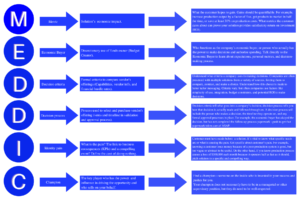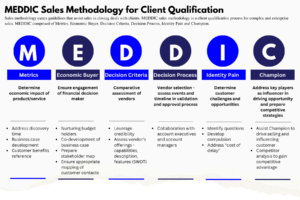The Point: In today’s highly competitive business landscape, having a great product is not enough. To stay ahead of the competition and drive growth, businesses need to constantly innovate their product offerings to meet the changing needs and preferences of customers. Smart product offering innovation can transform your business sales and help you stay ahead of the curve. In this blog post, we’ll explore the strategies, tools, and approaches that successful businesses use to drive growth, increase revenue, and stay ahead of the competition with smart product offering innovation…Enjoy!
Transform Your Business.
Download your free 37 page | 128 question Business Transformation Self-Assessment.
Steps in Smart Product Offering Innovation
To achieve smart product offering innovation and stay ahead of the competition, businesses must follow these key steps:
1. Know Your Customers
The first step to developing products that meet the changing needs and preferences of customers is to understand them. You can conduct surveys, focus groups, or analyze customer data to get to know your customers better. Additionally, engaging with customers through social media and other digital channels can help you get their feedback.
2. Stay Ahead of the Trends
The first step to developing products that meet the changing needs and preferences of customers is to understand them. You can conduct surveys, focus groups, or analyze customer data to get to know your customers better. Additionally, engaging with customers through social media and other digital channels can help you get their feedback.
3. Build a Culture of Innovation
Innovation should be part of your company’s DNA. By fostering a culture of innovation, you can tap into the collective creativity and expertise of your team to develop innovative products that set you apart from the competition. Encouraging your employees to share their ideas, experiment with new approaches, and take calculated risks can foster a culture of innovation.
4. Test and Iterate
Smart product offering innovation is an iterative process. By testing your products with real customers and iterating based on their feedback, you can refine your products and ensure that they meet the needs and preferences of your customers. Use customer feedback to identify areas for improvement and make the necessary adjustments to your product offerings.
5. Measure and Optimize
To ensure that your smart product offering innovation is driving business sales transformation, you need to measure and optimize your results. Analytics tools can help you track the performance of your products and identify areas for improvement. Continually measuring and optimizing can ensure that your products are driving growth, increasing revenue, and helping you stay ahead of the competition.
SUMMARY
In summary, in today’s fast-paced and competitive business world, smart product offering innovation is no longer an option, but a necessity. Success in business involves understanding your customers, staying ahead of trends, fostering a culture of innovation, testing and iterating, and measuring and optimizing. By embracing these principles, you can develop innovative products that meet the changing needs and preferences of your customers and drive growth and revenue for your business. Take action now and start transforming your business sales with smart product offering innovation. With our expert guide, you can get ahead of the game and achieve success in today’s dynamic business landscape.
Sam Palazzolo, Managing Director




